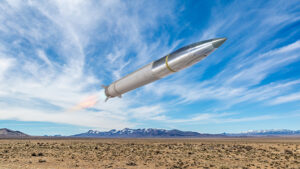
The Navy portion of the fiscal year 2021 presidential budget will include schedule adjustments for when the service plans to formally acquire large unmanned surface vessels (LUSVs), a service official said. Jan. 16. “The prototypes are ongoing now, [but] when are we going to transition to a program of record … full on capability here? Because of our discussions with Congress and industry, we are making some adjustments there,” said Rear Adm. Casey Moton, program executive officer for unmanned and…

 By
By 











